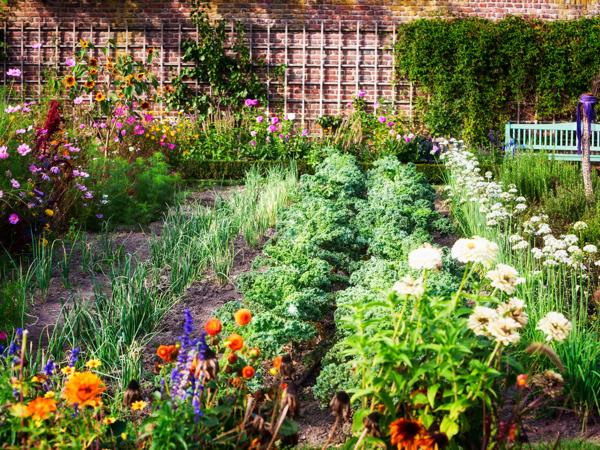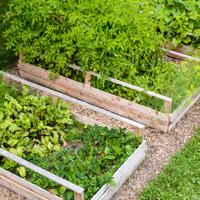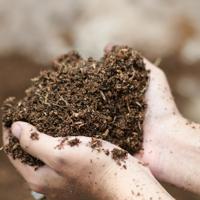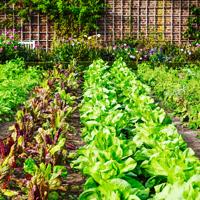Gardening is a rewarding endeavor that offers countless benefits, from the joy of watching plants grow to harvesting fresh produce straight from your backyard. However, pest management can be challenging and often requires a careful balance. Fortunately, nature provides a plethora of methods to help keep pest populations in check without resorting to synthetic chemicals. Let’s explore some natural pest control methods that can be incorporated into your sustainable gardening practices.
Companion Planting
Companion planting involves strategically placing certain plants together to naturally repel pests or attract beneficial insects. For instance, marigolds are known to deter nematodes, making them excellent companions for vegetables like tomatoes. Similarly, planting basil near peppers and tomatoes can help ward off aphids, flies, and mosquitoes.
Example Companion Plants
- Marigolds: Repels nematodes.
- Basil: Deters aphids and flies; attracts pollinators.
- Chives: Can deter carrot flies and aphids.
- Nasturtiums: Attracts aphids away from other crops.
Attracting Beneficial Insects
Nature’s allies include beneficial insects such as ladybugs, lacewings, and parasitic wasps, which help control pest populations by preying on them. To attract these helpful creatures, include a variety of flowering plants in your garden. Dill, fennel, and yarrow, for example, provide nectar and pollen that beneficial insects need.
Beneficial Insects to Encourage
- Ladybugs: Feed on aphids and mites.
- Lacewings: Known for consuming aphids, caterpillars, and whiteflies.
- Hoverflies: Larvae feed on aphids and small caterpillars.
- Parasitic Wasps: Lay eggs in or on pest insects, controlling populations naturally.
Natural Predators
Encouraging natural predators such as birds, frogs, and bats can help maintain the ecological balance in your garden. Providing habitats, such as birdhouses or piles of rocks for lizards, can make your garden a more appealing environment for these creatures.
Physical Barriers
Sometimes, the simplest methods are the most effective. Using physical barriers like row covers, netting, or floating row covers can protect plants from larger pests. These coverings allow sunlight and rain to reach plants while keeping insects at bay.
Types of Physical Barriers
- Row Covers: Shield plants from insects and small animals.
- Netting: Protects fruit from birds.
- Cloche: Individual plant coverings for pest protection.
Homemade Sprays and Soaps
Some gardeners opt to use homemade sprays as a line of defense against pests. Mild soap sprays, made by mixing water with a small amount of dish soap, can be effective against soft-bodied insects like aphids. Neem oil, derived from the seeds of the neem tree, may also deter a variety of pests without harming beneficial insects.
Popular Homemade Treatments
- Soap Spray: Mix a few tablespoons of dish soap with a quart of water.
- Neem Oil: Use according to product instructions to avoid harming beneficial insects.
- Garlic Spray: Blend garlic cloves with water, strain, and spray on affected plants.
Crop Rotation
Crop rotation is the practice of changing the types of crops grown in particular beds each year. This can help reduce pest build-up and soil-borne diseases. By rotating crops, you disrupt the life cycles of pests and give your garden a chance to replenish nutrients naturally.
Mulching
Mulching involves adding a layer of organic material, such as straw or wood chips, around plants. Not only does this help retain soil moisture and reduce weeds, but certain mulches can deter insects. For example, cedar mulch contains natural oils that may repel insects.
Personal Reflection
I’ve found that employing a combination of these techniques often works best. Each method offers unique benefits and by mixing them, you can create a synergistic approach to pest management that respects the delicate balance of your garden’s ecosystem. Remember, patience and observation are key. What works well in one season might need adjusting in the next.
Gardening is an evolving practice, and the lessons we learn from nature can guide us toward healthier and more sustainable gardens.
For further reading and resources, consider checking materials from the University of California Integrated Pest Management or similar institutions that provide research-based guidance on organic gardening practices.
I hope these suggestions help you cultivate a thriving garden naturally and sustainably. Feel free to share your experiences or further tips with the community in the comments below!




